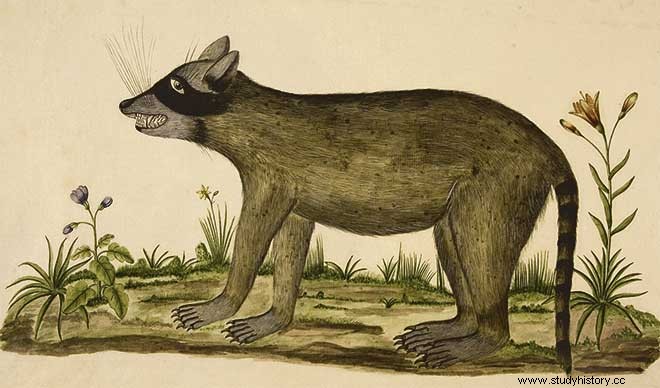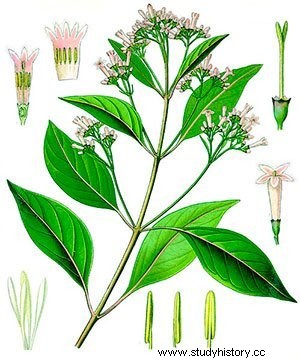In the second half of the 18th century, a new interest in continuing the exploration of the New World and expanding knowledge about the gigantic domains of the Spanish Crown in America developed in Spain. This phenomenon will cause a large sending of scientific expeditions, trips or commissions to America and the Philippines . Within sixty-five years (between 1735 and 1800). About sixty scientific expeditions were carried out, something that stems from the same spirit of the Enlightenment, which gave rise to a greater concern in the intellectual field with the overcoming of the scholastic mentality and the irruption of the Newtonian. In this context, geographical discovery projects find very favorable conditions for development and scientific activities will be directed more and more towards the concrete problems posed by economic and social development. The Spanish initiatives do not detract from the projects that other nations (Great Britain and France, especially, and also Sweden, Russia, Germany and Holland) are carrying out. In Great Britain, the works of captains James Cook and George Vancouver will stand out. In France, the greatest merits are attributed to Luis Antonio de Bougainville and the Count de La Pérouse.
Astronomy
In the Spanish case, numerous expeditions to the New World were gestated. In the field of astronomy, Jorge Juan and Antonio de Ulloa , outstanding sailors, collaborated in the French expedition to measure Ecuador, publishing their Astronomical Observations (1746). The first of them also founded the Astronomical Observatory of Cádiz-San Fernando . Almost at the end of the century, the Madrid Astronomical Observatory is built (1790), imitating those of Greenwich and Paris, a fact that will promote meteorology studies. In the field of Natural Sciences:Fernando VI entrusted Antonio Ulloa (1752) with the Cabinet of Natural History (founded by Carlos III, in 1771) for which he needed to acquire experience in his travels through America. To create the inventory of Hispano-American natural resources, a large number of foreign scientists were hired (Bowles, Herrgen, etc.). The delimitation of the borders of Brazil, Paraguay, Argentina and Uruguay, after the Treaty of Paris (1763) promoted a series of expeditions between 1781 and 1801 with clear purposes for cartography, hydrography and nautical astronomy.
Botany and Zoology
In the area of Botany and Zoology, proper names stood out in expeditions such as those of José Celestino Mutis to the Kingdom of New Granada (1782); the Franco-Spanish of Joseph Dombey, Hipólito Ruiz and José Antonio Pavón to the Viceroyalty of Peru (1777), both with new contributions on quinine; that of Martín de Sessé to New Spain (1787); those of Alejandro Malaspina and José Bustamente (1789-1798) to the eastern coast of America, from Alaska to Cape Horn (1794); that of J. Longinos Martínez (1792), which ended with the elaboration of a list of the trees typical of the tropical zone; or the expeditions of Félix de Azara (border expedition to Paraguay in order to establish the demarcation line with Portugal from the Río de la Plata) who came to contribute innovative ideas on Natural History, even to Darwin himself.

Chemistry
With regard to Chemistry, the chemical applications in mining (obtaining platinum and silver from mercury) and the development of the pharmacopoeia should be highlighted. New chemical elements (tungsten), of great strategic importance, are discovered, while the processes for making gunpowder, mining operations and dyes are improved. The expedition of Juan José de Elhuyar sent to New Granada to organize a system of silver foundries in Mariquita contributed notably to the development of metallurgy and mining.
Medicine

Advances in medicine and surgery allowed a better understanding of the human body (advancement in autopsies), medical practice and clinical medicine. The College of Surgery of San Carlos promoted the appearance of some chairs (University of Valencia, Chair of Practical Medicine, 1787) and a Study of Practical Medicine was instituted in Madrid (1795) and another of Clinical Medicine in Barcelona (1797). Between 1803 and 1806 various expeditions were organized from La Coruña. In one of them, the varotic vaccine was extended to the Antilles, Mexico, Central and South America, the Philippines, Macao and Saint Helena. It is a company carried out by Javier de Balmis, who also made important contributions during his trip to the world of medical botany.
